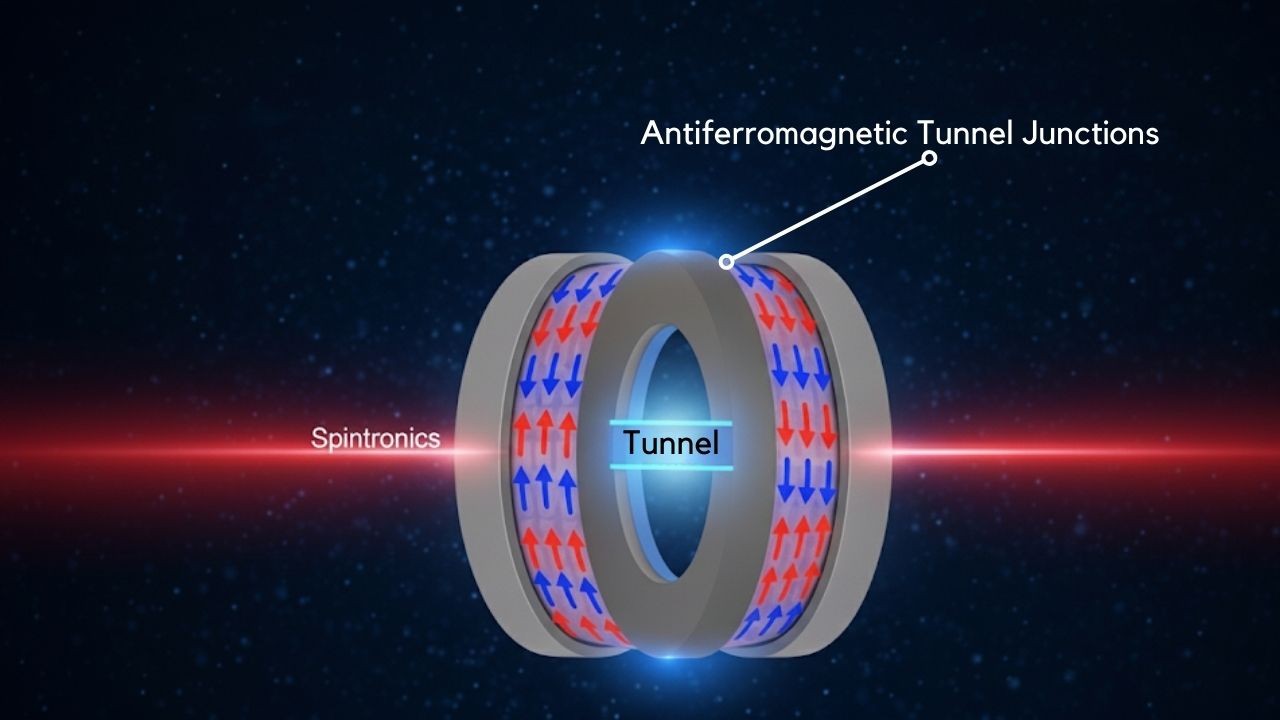The phrase “dark dwarfs detected lurking at the center of our galaxy” has sent ripples of excitement through the scientific community and the public alike. This isn’t just another cosmic curiosity—it could be the key to solving one of the universe’s greatest mysteries: the nature of dark matter. In this comprehensive guide, we’ll break down what dark dwarfs are, why their discovery is so significant, what it means for professionals and students, and how it could change our understanding of the cosmos. Our aim is to make this complex topic accessible to everyone, from curious kids to seasoned astrophysicists, while ensuring every detail is accurate and trustworthy.
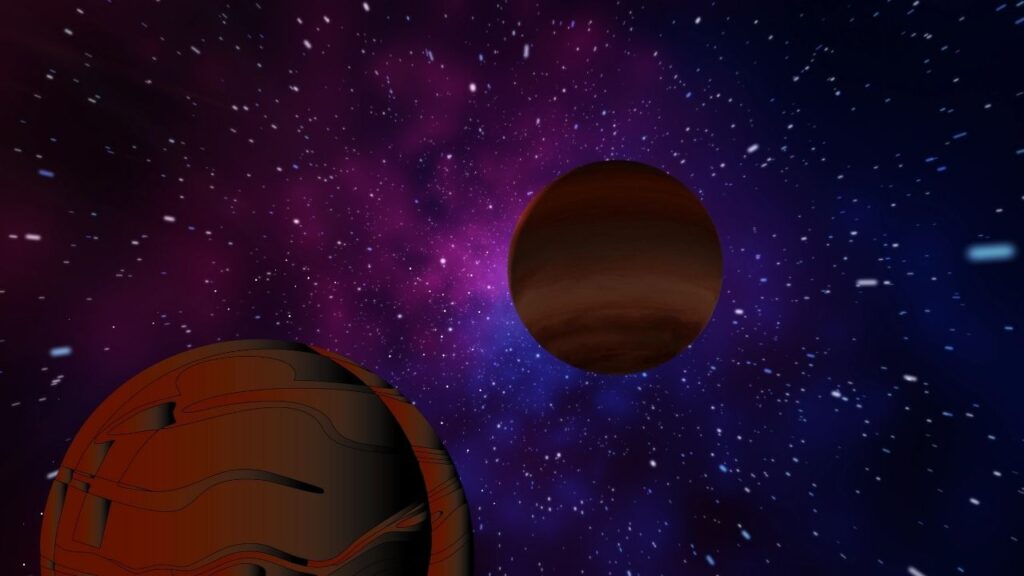
Dark Dwarfs Detected Lurking at the Center of Our Galaxy in Mysterious New Study
| Feature/Topic | Details & Data | Career/Professional Info |
|---|---|---|
| Discovery | Dark dwarfs may be hiding at the Milky Way’s center | New field for astrophysics research |
| What are Dark Dwarfs? | Sub-stellar objects powered by dark matter, not fusion | Potential new targets for astronomers |
| Dark Matter’s Role | Makes up ~25% of universe, detected only by gravity | Key challenge in cosmology |
| Detection Tools | James Webb Space Telescope, Vera Rubin Observatory | Advanced observational astronomy |
| Significance | Could provide direct evidence for dark matter properties | Major leap in understanding the universe |
The possible detection of dark dwarfs lurking at the center of our galaxy could signal a turning point in our understanding of the universe. These mysterious objects, powered by dark matter, offer a new way to study the invisible forces that shape galaxies and cosmic history. For scientists, students, and anyone fascinated by space, the hunt for dark dwarfs is both an exciting adventure and a profound scientific challenge. As the world’s most powerful telescopes continue to scan the skies, we may soon unlock one of the universe’s deepest secrets.
What Are Dark Dwarfs?
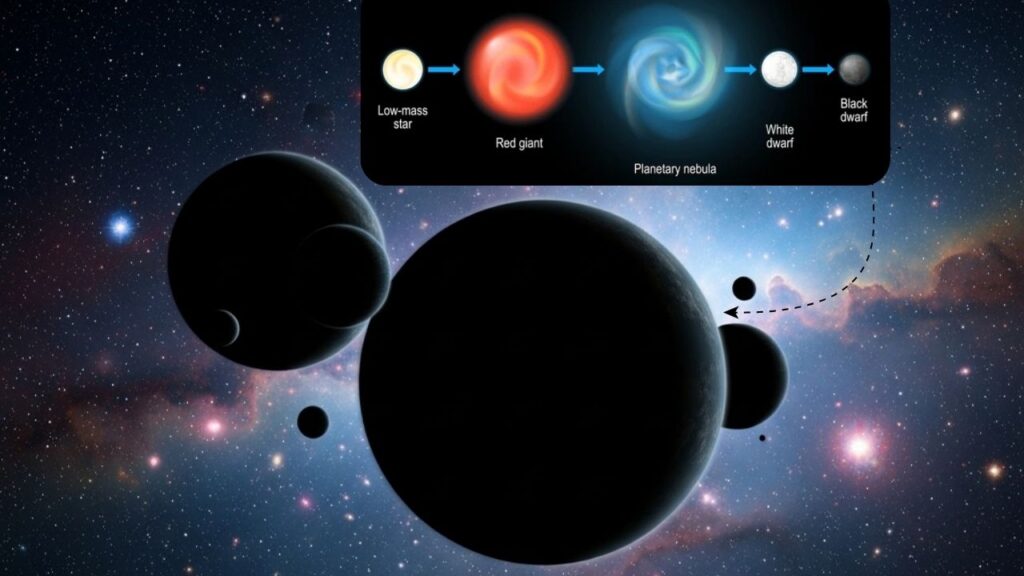
Dark dwarfs are a newly proposed class of celestial objects. Unlike stars such as our Sun, which shine brightly thanks to nuclear fusion, dark dwarfs are thought to be powered by dark matter—a mysterious, invisible substance that makes up a huge part of the universe. The energy that keeps dark dwarfs glowing doesn’t come from fusion, but from interactions with dark matter particles.
Why Are They Called “Dark”?
The term “dark” refers to their connection with dark matter, not their visibility. While they might emit some light, their main energy source is fundamentally different from ordinary stars. They are “dark” because they are powered by something we cannot see or directly detect—dark matter.
Dark Matter in a Nutshell

- Dark matter is an invisible substance that doesn’t emit, absorb, or reflect light.
- Scientists know it exists because of its gravitational effects on galaxies and clusters.
- It’s estimated that dark matter makes up about 25% of the universe’s mass-energy content.
Why Is This Discovery Important?
The possible detection of dark dwarfs is a major breakthrough for several reasons:
- Direct Evidence for Dark Matter: For decades, dark matter has only been inferred indirectly. If dark dwarfs exist, they could provide direct, observable evidence of dark matter’s properties.
- New Window into the Universe: Studying dark dwarfs could help us understand how galaxies form and evolve, and even shed light on the ultimate fate of the universe.
- Career Opportunities: For scientists, this is a new frontier. Astronomers, physicists, and data analysts are all needed to explore this field.
How Were Dark Dwarfs Detected?
The Study
A team of researchers, using advanced models and astronomical data, proposed that dark dwarfs could exist near the center of the Milky Way. This region is rich in stars, gas, and—most importantly—dark matter. Their findings suggest that the unique environment at the galactic center is ideal for the formation of these mysterious objects.
Tools and Techniques
Astrophysicists are using some of the world’s most advanced telescopes to search for signs of dark dwarfs:
- James Webb Space Telescope (JWST): With its powerful infrared sensors, JWST can detect faint, distant objects and analyze their light signatures.

- Vera Rubin Observatory: Set to begin full operations soon, this observatory will scan the sky for faint objects, potentially uncovering thousands of new sub-stellar bodies.
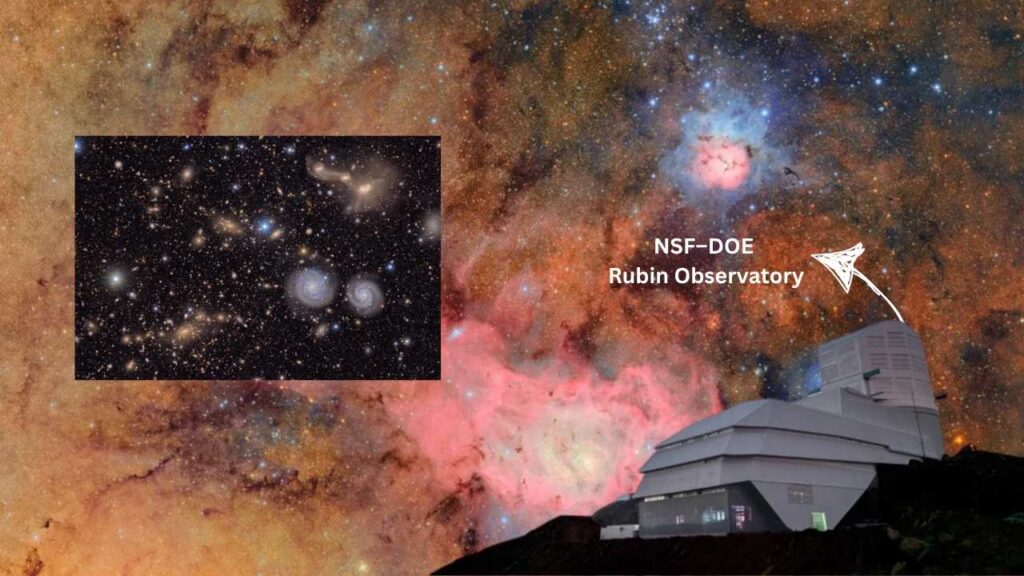
These tools allow scientists to look for unusual objects that don’t fit the profile of known stars or brown dwarfs.
Example: How a Dark Dwarf Might Be Spotted
Imagine astronomers are scanning the galactic center. They find a faint object that isn’t bright enough to be a star but isn’t completely dark either. By analyzing the light it emits and comparing it to models, they notice it doesn’t behave like a brown dwarf or a planet. This could be a candidate for a dark dwarf—powered by dark matter rather than fusion.
The Science Behind Dark Dwarfs
What Powers a Dark Dwarf?
Most stars shine because of nuclear fusion—the process of fusing hydrogen atoms into helium, releasing energy. Dark dwarfs, however, are hypothesized to be powered by dark matter interactions. Here’s a simplified breakdown:
- Dark matter particles (possibly WIMPs—Weakly Interacting Massive Particles) accumulate inside a star or sub-stellar object.
- Inside, these particles may collide and annihilate, releasing energy.
- This energy heats the object, causing it to glow, but not as brightly as a typical star.
This process could create a new class of sub-stellar objects—dark dwarfs—that are fundamentally different from anything we’ve seen before.
Why the Galactic Center?
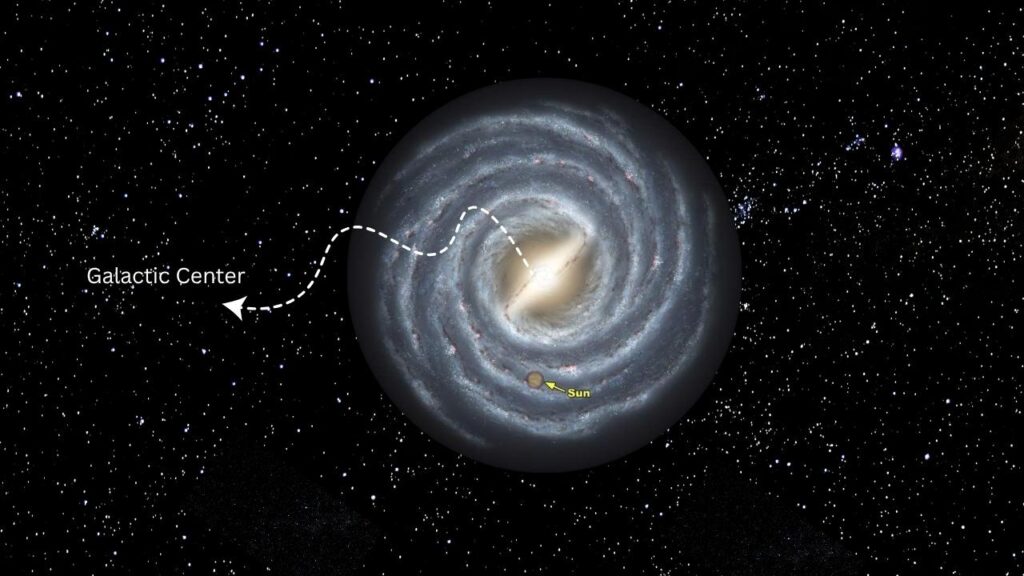
The center of the Milky Way is a crowded, energetic place. It’s packed with stars, gas clouds, and, crucially, a high concentration of dark matter. This makes it the perfect laboratory for the formation and detection of dark dwarfs.
Practical Advice: How Can Professionals Get Involved?
For Astronomers and Astrophysicists
- Stay Updated: Read the latest research in top journals and attend conferences focused on dark matter and galactic astronomy.
- Collaborate: Work with teams using JWST, the Vera Rubin Observatory, and other next-generation telescopes.
- Develop New Models: Use computational tools to predict where dark dwarfs might be found and how they could be distinguished from other faint objects.
For Students and Early-Career Scientists
- Focus on Physics and Astronomy: Build a strong foundation in these subjects.
- Learn Data Analysis: Big data skills are increasingly important in astronomy.
- Participate in Citizen Science: Projects like Galaxy Zoo allow amateurs to help classify astronomical objects and sometimes make significant discoveries.
For Science Communicators and Educators
- Simplify Complex Ideas: Use analogies and visuals to explain dark matter and dark dwarfs to a broad audience.
- Engage with the Public: Host talks, write articles, and create videos to share the excitement of this discovery.
Examples and Context
Brown Dwarfs vs. Dark Dwarfs
| Feature | Brown Dwarfs | Dark Dwarfs |
|---|---|---|
| Power Source | Faint nuclear fusion or gravitational heat | Dark matter interactions |
| Visibility | Very faint, hard to see | May emit some light, but powered differently |
| Importance | Help trace galaxy history | Could reveal the nature of dark matter |
Brown dwarfs are already a major focus of astronomical surveys. For example, the Vera Rubin Observatory is expected to find over 20 times more brown dwarfs than previously known. Dark dwarfs, if confirmed, would represent an entirely new class of objects, opening up new avenues for research.
The Broader Impact: Why Should We Care?
For Science and Technology
- Understanding the Universe: Dark dwarfs could help answer fundamental questions about how galaxies form and evolve.
- Inspiring Innovation: The search for dark dwarfs drives the development of new technologies in telescopes, sensors, and data analysis.
- International Collaboration: This field brings together scientists from around the world, fostering global cooperation.
For Society and Education
- Public Engagement: Discoveries like this capture the public’s imagination and inspire the next generation of scientists.
- STEM Careers: The excitement around dark dwarfs and dark matter can motivate students to pursue careers in science, technology, engineering, and mathematics.
China’s Space Program Heats Up With 16 Launches and Mars Sample Return Plans
New Horizons Successfully Detects Distant Starlight in Deep Space Experiment
SpaceX Launches UK Satellite to Manufacture Semiconductors in Space for Quantum Tech
FAQs About Dark Dwarfs Detected Lurking at the Center of Our Galaxy in Mysterious New Study
What is dark matter?
Dark matter is a mysterious form of matter that doesn’t emit, absorb, or reflect light. Scientists know it exists because of its gravitational effects on galaxies and galaxy clusters, but its exact nature remains unknown.
How do dark dwarfs help us understand dark matter?
If dark dwarfs exist and can be observed, they could provide direct evidence of how dark matter behaves and interacts with normal matter—something that has never been seen before.
What telescopes are used to search for dark dwarfs?
The James Webb Space Telescope and the Vera Rubin Observatory are two of the most important tools for this search. These observatories can detect faint objects and analyze their light to distinguish dark dwarfs from other stars or brown dwarfs.
Are dark dwarfs dangerous?
No, dark dwarfs are not dangerous. They are simply another type of object in space, and their discovery would only help us learn more about the universe.
How soon could we confirm the existence of dark dwarfs?
With current and upcoming telescopes, astronomers could start finding evidence for dark dwarfs within the next few years, especially as new data from the galactic center becomes available.



